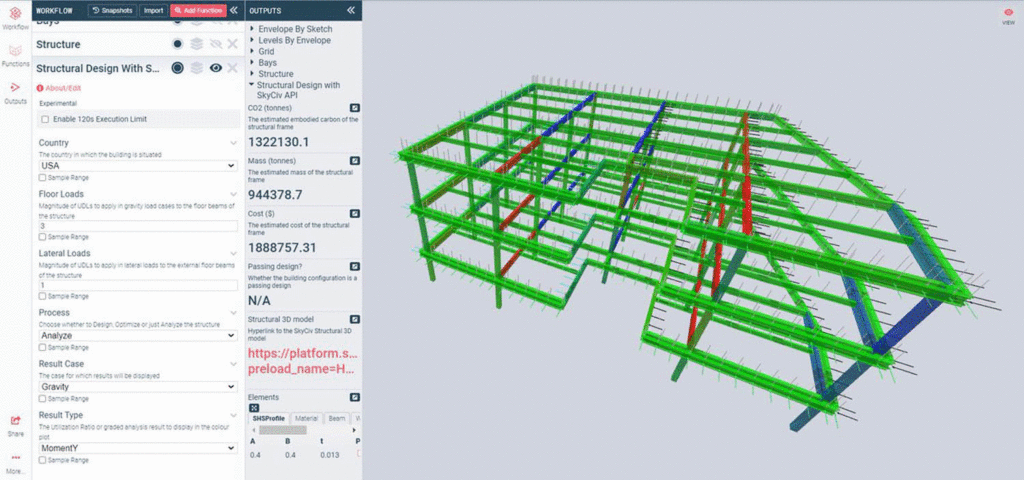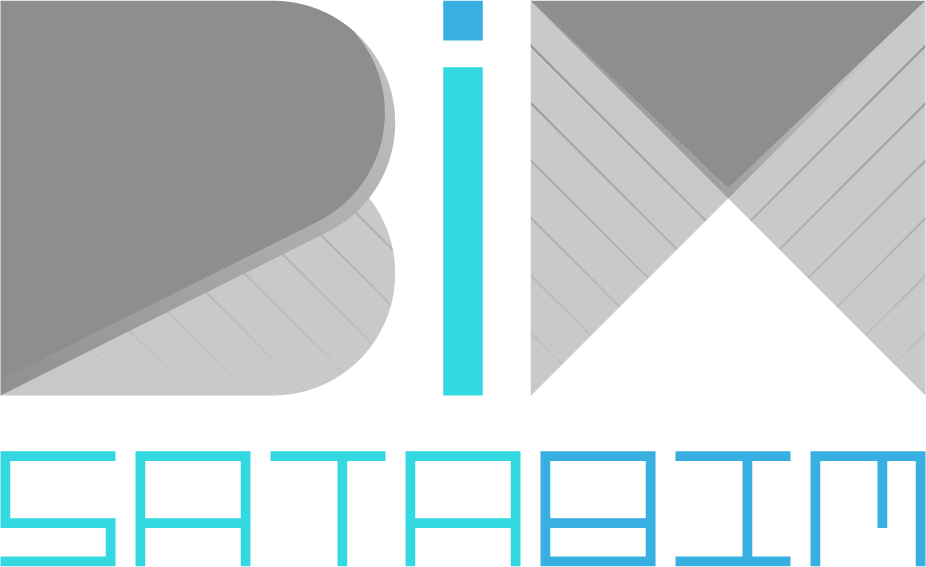Future of BIM and AI: 5 Best AI Tools For BIM Specialists
Part 1
As we embrace the convergence of Building Information Modeling (BIM) and Artificial Intelligence (AI), we open doors to a new epoch of construction practices. AI technology allows for the automation of time-consuming tasks, freeing up valuable time for construction professionals to focus on more critical aspects of their projects.
AI algorithms can analyze vast amounts of data from BIM models, enabling the identification of patterns and insights that would be difficult to uncover manually. This empowers stakeholders to make more informed decisions, optimize design processes, and enhance overall project efficiency. With AI, BIM becomes a more powerful tool for predictive analytics, enabling early identification of potential clashes, improved cost estimation, and efficient resource allocation.

By leveraging AI capabilities, the future of BIM is elevated to new heights, providing a collaborative and intelligent foundation for design, construction, and facility management, helping professionals of the fields enhance the quality and speed of projects’ progression.
In this era of technological advancements, AI has emerged as mentioned, as a game-changer for Building Information Modeling (BIM) as for other subjects in AEC industry. By leveraging AI tools specifically designed for BIM specialists, construction professionals now have a remarkable set of capabilities through these tools, at their disposal. In this and the 2nd part of this article, we will explore five of the best AI tools that have the potential to transform BIM workflows, improve efficiency, and unlock new insights for BIM specialists.
1- Imerso
Imerso is an innovative technology company that has been making waves in the construction industry since its establishment in 2016. Their flagship offering is a powerful software platform empowered by AI technology that seamlessly integrates building information modeling (BIM), laser scanning, and 360-degree photography to create a comprehensive digital representation of construction sites.
By integrating various data sources, Imerso facilitates effective communication, streamlines workflows, and helps identify and address issues promptly, which all these mentioned qualities can have enormous effect on progression of BIM projects.
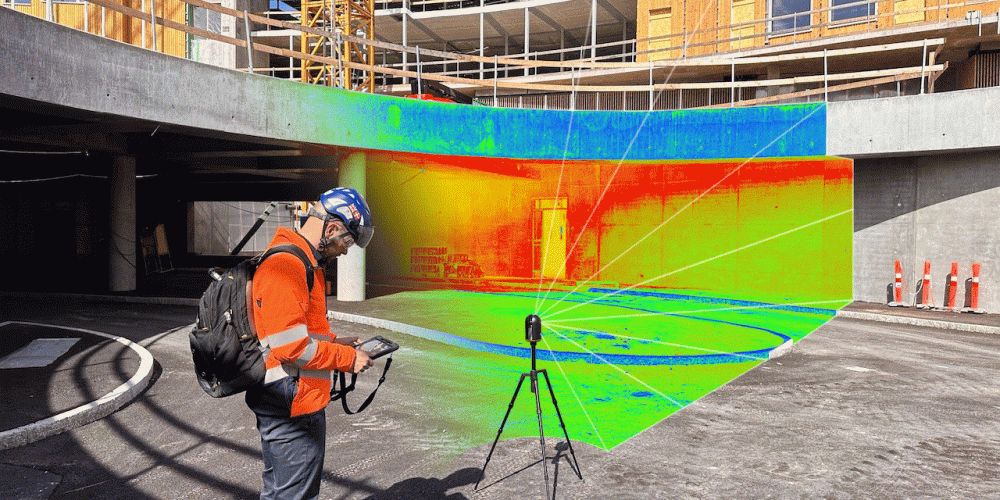
One of the standout features of Imerso is its ability to automatically detect and track construction progress. By analyzing different data sets collected over time, such as point clouds and images, their AI technology algorithms can identify changes and deviations from the original plan, assisting in monitoring construction timelines and mitigating potential delays.
To add to their other mentioned advantages, their platform includes traits like clash detection, quantity takeoff, and progress reporting, enhancing project efficiency and documentation.
With their cutting-edge technology, Imerso is paving the way for data-driven decision-making, enhanced collaboration, and improved construction performance and becoming on the forefront companies of the field and thus top of our list.
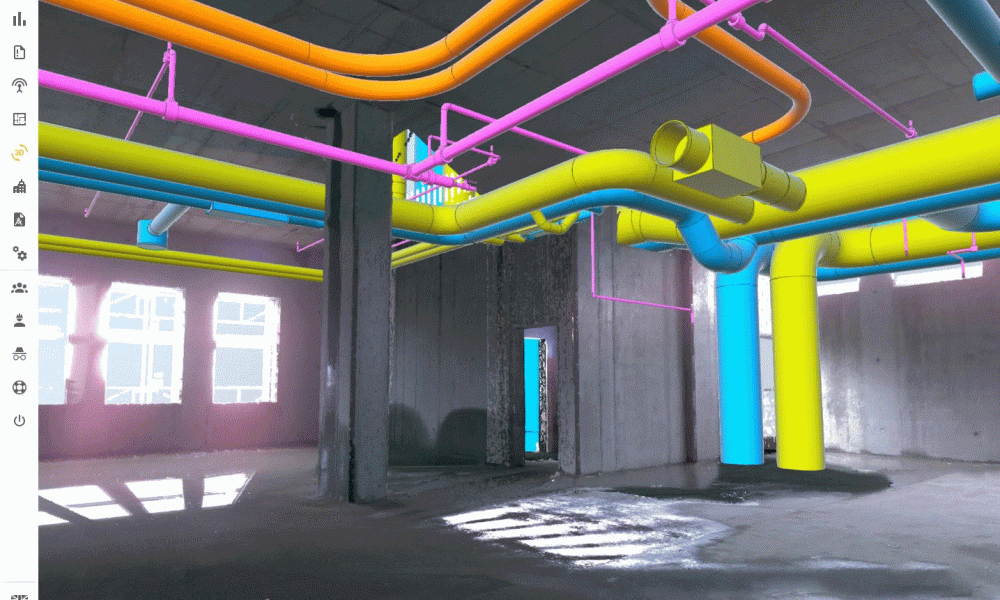
2- Hypar
Founded in 2018, Hypar is developed by two known names in the industry, Anthony Hauck and Ian Keough. Keough, “the father of dynamo” and Hauck were originally working on development of Project Fractal, a tool compatible with Dynamo for generating multiple design solutions.
This process let them toward emergence of — a self-contained, web-based cloud platform and API, which executes code (in Python and C#) to swiftly generate hundreds or even thousands of designs based on design logic. Users can preview resulting 3D models on both desktop and mobile, along with analytics data.
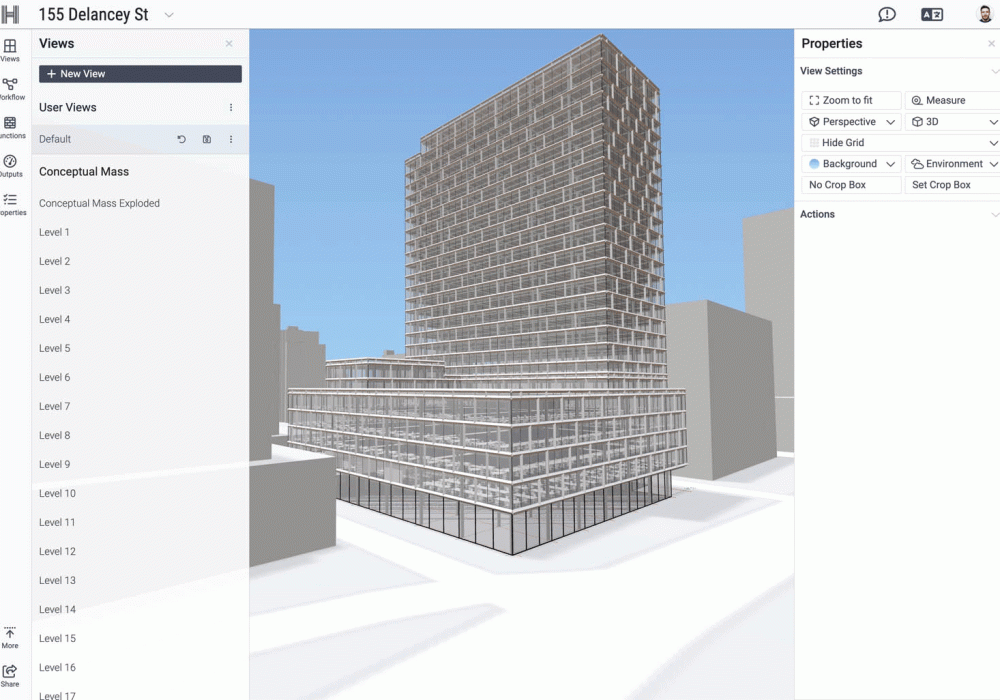
Hypar’s special feature is that it provides a common user interface that isn’t reliant on heavy data sets, in the way that many of today’s BIM tools are, while also supporting open IFC (Industry Foundation Class) files.
Hypar as a web-based cloud platform and API that supports Industry Foundation Class (IFC) files and can generate multiple 3D models based on design logic using text as input, can help having clash-free 3d Bim models.
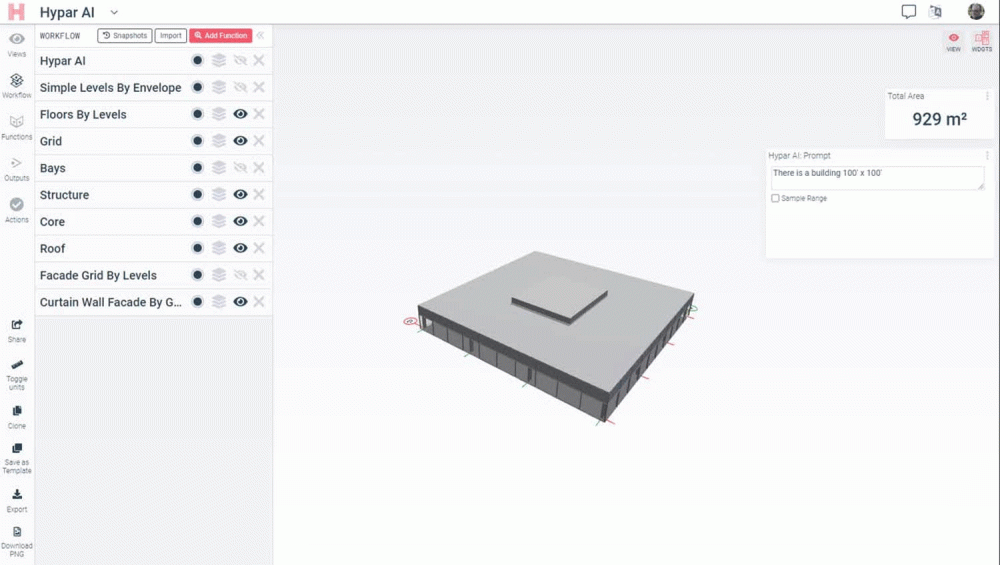
As Ian Keough said “Why do clashes exist? Clashes exist because everyone sits in silos and they operate without interacting with each other. They don’t see what each other has been doing for a couple of weeks, until they merge the Revit models together. Then they find that these components run into other geometry. We need to make systems that can interoperate with each other and understand each other.”
So, an entire 3D BIM model generated through a text prompt will be free on clashes, and with all the other features suggested by Hypar, this tool is aiming to potentially save weeks, if not months, of time
